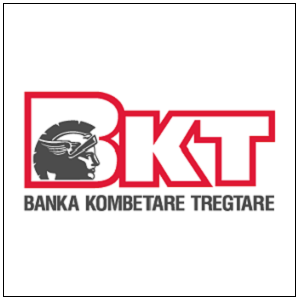Technology
“Scaling Internationally with Shopify: What You Need to Know” — An Interview with Experienced Developer, Christian Armstrong

Expanding into international markets can be a game-changer for e-commerce businesses—but the process is not without its hurdles. We sat down with Christian Armstrong, a Shopify developer at Unified agency, with over a decade of experience building and scaling online stores, to get his expert insight into how to approach global expansion in the right way.
Q: When a business is ready to scale internationally, where should they start?
CA: The first step is always research. You need to understand the markets you’re expanding into—what platforms they use, their payment preferences, language, cultural expectations, even logistics and fulfilment options. It’s easy to assume what works in the UK will work elsewhere, but that’s not always the case. As a result, you should always partner with experienced Shopify developers, as these professionals can help you navigate these complexities from the start and ensure your store is ready for global traffic.
Q: Do you find that businesses try to scale too quickly, without those foundations?
CA: All the time. A common mistake is trying to clone your existing store and just changing the currency. That might work at the very beginning, but to properly localise your experience, you need more than that. If you’re not offering the right payment options, or your content isn’t translated properly, or your shipping isn’t transparent—you’ll lose trust and sales fast.
Q: Does UX stay the same across international markets?
CA: Not always. Core usability principles remain—easy navigation, fast load times, mobile responsiveness—but the layout, tone, and even colour schemes may need to be adjusted based on cultural preferences. For example, a design that converts well in Europe might feel too minimalist in parts of Asia where customers expect more detail upfront.
Q: What are some key technical considerations when expanding internationally on Shopify?
CA: You’ve got several options, but the main ones are using Shopify Markets or creating separate Shopify stores for each region. Markets is great for centralised control and works well if you’re not going too broad. But for more advanced localisation—especially if you want to tailor marketing and content per country—a multi-store setup might be better, even if it takes more work to maintain.
You also need to factor in international SEO, currency conversion, local payment gateways, and language support. Shopify supports multi-currency and multilingual setups, but integrations with apps like Langify or Weglot can help with translation. Don’t forget legal compliance either—things like VAT, GDPR, or local tax rules are essential to get right.
Q: Payment preferences vary a lot by country. How do you manage that on Shopify?
CA: That’s one of the most overlooked areas. In some countries, cards are king. In others, people prefer PayPal, Klarna, or even cash-on-delivery. Shopify Payments is a great starting point, but you might need to enable region-specific gateways. There are also apps that detect a user’s location and automatically adjust the payment methods shown. Make checkout as easy as possible for your customers, wherever they are.
Q: Are there any red flags you often see when people scale internationally?
CA: A big one is poor translation—either relying solely on machine translation or skipping it altogether. It comes across as unprofessional and creates friction. Another is not testing the user journey end-to-end in the new market. Things like shipping rates, local taxes, and return policies can all vary and need to be updated accordingly.
Q: Any final tips for brands ready to make the leap?
CA: Start with one or two key markets. Get your systems in place—fulfilment, support, payments, language—then scale from there. Keep tracking your data and be ready to iterate. And always keep the customer experience at the heart of what you do, no matter where they’re shopping from.

















































